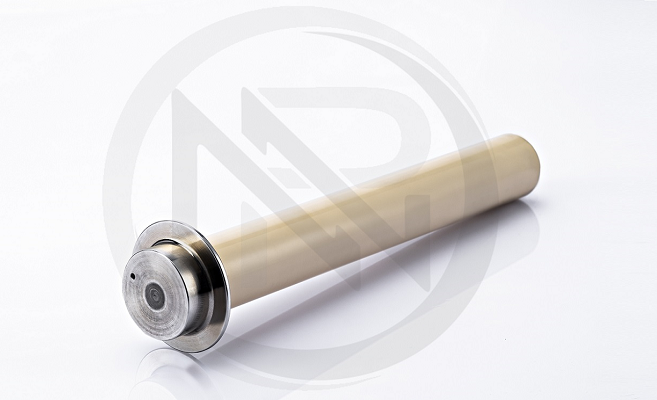A plunger pump is a type of positive displacement pump that can operate at high pressures due to its stationary high-pressure seal and smooth cylindrical plunger that slides through the seal. In contrast, piston pumps are better suited for lower-pressure applications.
In plunger pumps, the plunger moves back and forth within a cylindrical chamber. When the plunger moves backward, it creates a vacuum that opens the suction valve and draws fluid into the chamber. Conversely, when the plunger moves forward, the fluid inside the chamber is compressed, and the discharge valve opens to expel the fluid at high pressure.
Plunger pumps are versatile tools that are widely used in applications such as the transfer of municipal and industrial sewage. The pressure in the chamber operates the valves at both the suction and discharge points. Plunger pumps can handle a wide range of pressures, from 70 to 2,070 bar (1,000 to 30,000 psi), and the volume of the fluid discharged is equal to the area of the plunger or piston multiplied by its stroke length.
The ability of plunger pumps to handle high pressures and diverse media, including viscous and solid-laden fluids, makes them invaluable in various applications. The materials used for the components of plunger pumps, such as the cylinder and plunger, are selected based on the type of medium they will be transferring. The ceramic plunger offers several advantageous features:
Noavaran Negin Pajouhan Company proudly stands as the sole producer of ceramic plungers using Cold Isostatic Press (CIP) technology in the Middle East.
